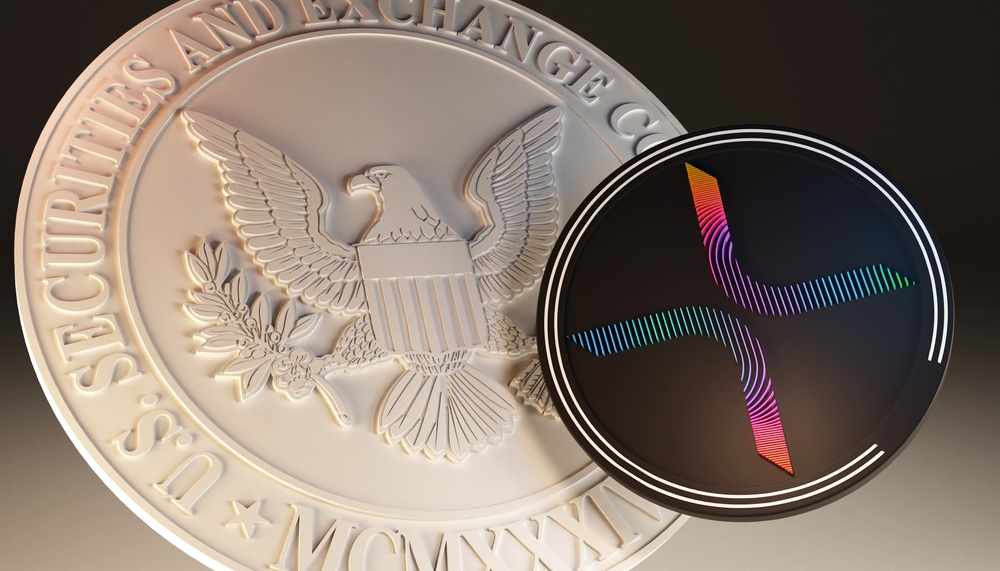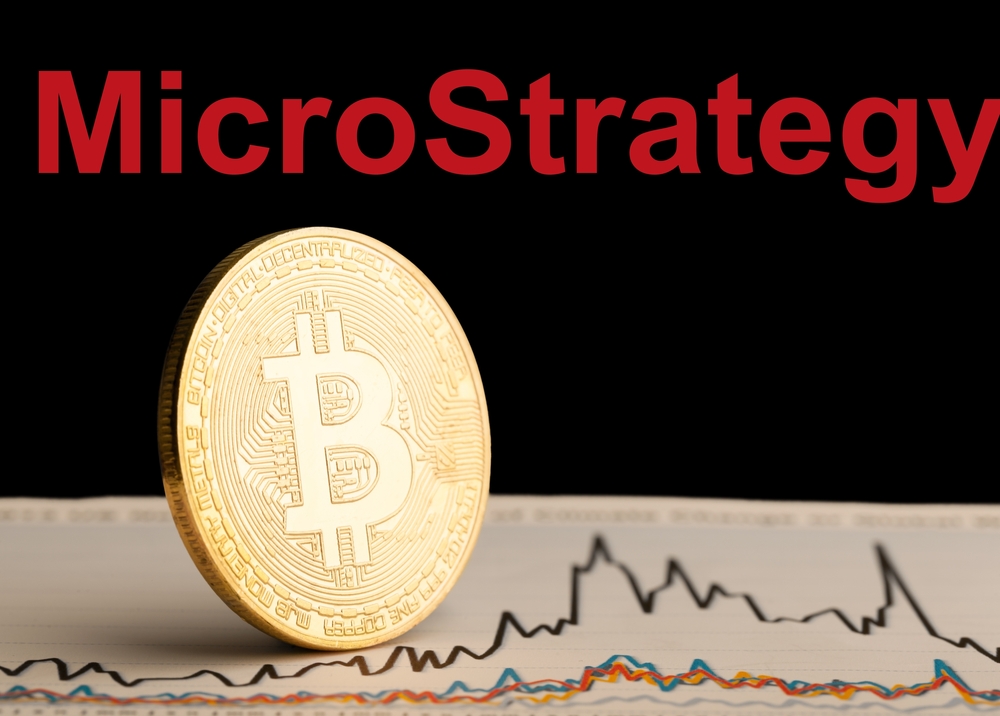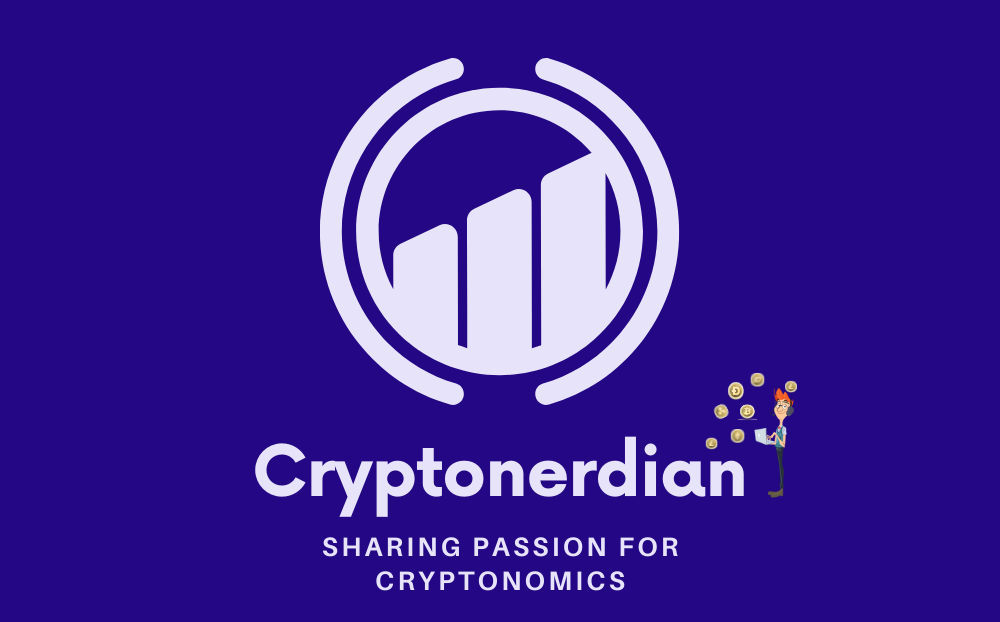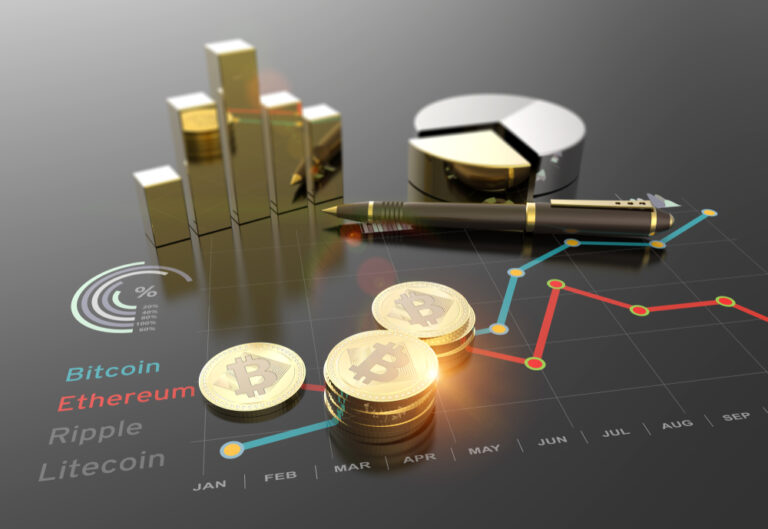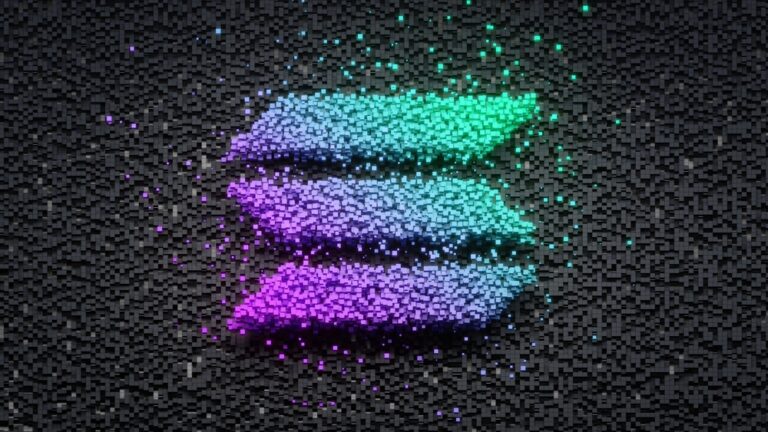Table of Contents
ToggleIntroduction
Tron is a blockchain platform that aims to build a decentralized internet. It uses TRX as its native cryptocurrency. TRX serves as the main unit of accounts on the Tron blockchain, allowing users to perform transactions and interact with decentralized applications.

The Tron network boasts fast transaction speeds and low fees. This makes it attractive for developers and users alike. The platform supports smart contracts and hosts a variety of decentralized applications.
Tron’s ecosystem continues to grow. It includes various projects in areas like gaming, finance, and social media. The network’s focus on scalability and user-friendly features has helped it gain traction in the blockchain space.
Key Takeaways
- TRX functions as the primary currency for transactions on the Tron network
- Tron offers high-speed transactions and low fees for users and developers
- The platform supports a wide range of decentralized applications across different sectors
Tron at a Glance

Tron is a blockchain-based smart contract platform that aims to create a decentralized internet. It offers fast transactions, low fees, and a growing ecosystem of decentralized applications.
Foundation and Vision
Tron was founded in 2017 by Justin Sun, a tech entrepreneur. The Tron Foundation led the project’s development and promotion.
Tron’s vision is to build a free, global digital content entertainment system. It aims to let users publish, store, and own data freely.
The platform uses its native cryptocurrency, TRX, for transactions and governance. TRX has gained wide adoption among users of the Tron network.
Key Features of Tron
Tron offers several notable features:
- High scalability: The network can handle up to 2,000 transactions per second.
- Low fees: Transactions on Tron cost very little, making it user-friendly.
- Smart contracts: Developers can create decentralized apps (dApps) on Tron.
Tron uses a Delegated Proof-of-Stake consensus mechanism. This allows for fast block confirmation times.
The Tron ecosystem includes various dApps, from games to finance. It supports token creation, similar to Ethereum’s ERC-20 standard.
Tron’s market cap ranks it among the top cryptocurrencies globally. Its growth has been driven by increasing adoption and partnerships.
TRX: The Digital Asset

TRX is the native cryptocurrency of the TRON blockchain. It serves multiple purposes within the TRON ecosystem and can be stored in various types of wallets.
Overview and Functionality
TRX, also known as Tronix, is the main digital asset on the TRON network. It powers transactions and smart contracts on the platform. TRX has a total supply of 100 billion tokens.
Users can buy TRX on many cryptocurrency exchanges. The coin’s market performance fluctuates based on demand and overall crypto market conditions.
TRX has several key functions:
• Paying transaction fees • Voting for network validators • Staking to earn rewards • Using decentralized applications
The circulating supply and fully diluted valuation of TRX change over time as tokens are released or burned.
TRX Wallets and Storage
Secure storage is crucial for TRX holders. There are different wallet options available:
- Hardware wallets: Offline devices for maximum security
- Software wallets: Desktop and mobile apps
- Web wallets: Browser-based for easy access
The TRON Wallet allows users to store and manage their TRX along with other digital assets on the TRON network. When choosing a wallet, users should consider factors like security features, ease of use, and supported currencies.
Some wallets offer additional features like staking TRX to earn passive income. Users should always back up their wallet and keep private keys safe.
Economic Dynamics

TRX, the native cryptocurrency of the TRON blockchain, has shown notable market activity and trading patterns. Its economic dynamics reflect both short-term fluctuations and longer-term trends in the crypto space.
Market Performance
TRX’s price has experienced ups and downs since its launch. The coin reached an all-time high in the past, showcasing its potential for growth. Recent price movements have been influenced by overall crypto market conditions and TRON-specific developments.
TRX’s market capitalization ranks it among the top cryptocurrencies. This metric helps gauge investor interest and the coin’s relative importance in the crypto ecosystem.
The USD value of TRX changes daily. Traders and investors closely watch price charts to spot trends and make decisions.
Trading and Liquidity
TRX sees active trading across many cryptocurrency exchanges. Its 24-hour trading volume often reaches significant levels, indicating healthy liquidity.
High liquidity makes it easier for traders to buy and sell TRX without causing large price swings. This can attract more market participants.
Transaction fees on the TRON network are generally low. This feature encourages frequent trading and use of TRX for various purposes on the platform.
Some exchanges offer TRX trading pairs with other cryptocurrencies and fiat currencies. This variety gives traders more options for entering and exiting positions.
Technological Infrastructure

Tron’s technological infrastructure combines blockchain, smart contracts, and a high-performance mainnet. It uses an innovative consensus mechanism to process transactions quickly and efficiently.
Blockchain and Mainnet
Tron’s blockchain forms the backbone of its ecosystem. The mainnet runs on a peer-to-peer network, allowing for decentralized operations. It supports smart contracts, enabling developers to create decentralized applications (dApps).
The Tron Virtual Machine (TVM) executes these smart contracts. It’s compatible with Ethereum’s virtual machine, making it easy for developers to port their projects.
Tron’s mainnet boasts high throughput, processing up to 2,000 transactions per second. This speed makes it suitable for various applications, from gaming to financial services.
The network is open-source, promoting transparency and community involvement. This approach allows developers worldwide to contribute to and improve the platform.
Consensus Mechanism
Tron uses a Delegated Proof-of-Stake (DPoS) consensus mechanism. This system aims to balance efficiency and decentralization.
In DPoS, token holders vote for “super representatives” who validate transactions and create new blocks. There are 27 super representatives at any given time.
This approach allows for faster transaction processing compared to traditional Proof-of-Work systems. It also reduces energy consumption, making Tron more environmentally friendly.
The DPoS system encourages community participation through voting. TRX token holders have a say in network governance, fostering a sense of ownership.
Decentralized Applications (DApps)

DApps are a key part of the Tron ecosystem. These apps run on the blockchain, giving users more control and freedom. Tron supports many types of DApps, from games to finance tools.
Tron DApp Ecosystem
Tron has a growing number of DApps. These cover many areas like gaming, finance, and social media. Some popular Tron DApps include WINkLink, which connects real-world data to the blockchain.
Tron ATM machines are another unique DApp. They let users buy and sell TRX tokens easily. This makes it simpler for people to use Tron’s crypto in their daily lives.
Many DApps on Tron focus on decentralized finance. These apps let users lend, borrow, and trade without banks. This opens up new ways for people to manage their money.
Tron’s low fees and fast transactions make it good for DApps. This helps developers create apps that are cheap and quick to use.
Interacting with DApps
Using Tron DApps is simple. Users need a Tron wallet and some TRX tokens to get started. Many wallets connect right to DApps, making them easy to use.
To use a DApp, people first connect their wallet. Then they can do things like play games or trade tokens. Each action on a DApp uses a small amount of TRX as a fee.
TRX tokens are key for interacting with DApps. They pay for transactions and can be used in the apps themselves. Some DApps also have their own tokens that work with TRX.
Security is important when using DApps. Users should always check that they’re using the real version of an app. It’s also wise to start with small amounts when trying new DApps.
Token Standards and Assets

Tron supports different token standards that allow users to create and manage digital assets on its blockchain. These standards define how tokens function and interact within the Tron ecosystem.
TRC10 Versus TRC20
TRC10 and TRC20 are the main token standards on Tron. TRC10 tokens are native to Tron and can be created without using smart contracts. They are simpler and cheaper to issue and transfer.
TRC20 tokens use smart contracts and are compatible with Ethereum’s ERC-20 standard. This makes them more flexible but also more complex and costly to use. TRC20 tokens support advanced features like decentralized exchanges and lending protocols.
Many projects on Tron use TRC20 tokens due to their compatibility with existing Ethereum tools and wallets. The native TRX token itself follows the TRC10 standard.
Additional Assets and Tokenization
Beyond fungible tokens, Tron supports other digital assets. Non-fungible tokens (NFTs) can represent unique items like digital art or collectibles on the Tron blockchain.
Tron enables tokenization of real-world assets. This allows fractional ownership of things like real estate or commodities through blockchain tokens.
The BitTorrent Token (BTT) is an example of a TRC10 token used within the Tron ecosystem. It incentivizes file sharing on the BitTorrent network, which Tron acquired.
Tron’s flexibility in asset creation helps drive adoption among content creators, businesses, and developers looking to leverage blockchain technology.
The Tron Network’s Performance Metrics

The Tron network boasts impressive performance metrics across several key areas. Its high transaction speeds and scalability set it apart from many other blockchain platforms.
Network Activity
The Tron network sees a high level of daily activity. It processes over 2000 transactions per second, showing its ability to handle large volumes of transactions quickly.
This speed allows for smooth operation of decentralized applications and token transfers on the network. The number of active accounts on Tron has grown significantly, with over 700,000 TRX accounts reported.
Transaction volume on the network is substantial, reflecting its popularity among users and developers. The network uses bandwidth and energy as resources for running smart contracts and executing transactions.
Efficiency and Scalability
Tron’s design focuses on efficiency and scalability. The network uses a Delegated Proof-of-Stake (DPoS) consensus mechanism, which contributes to its high transaction speeds.
This system allows for quick block confirmations and low transaction fees. Tron Power, obtained by freezing TRX tokens, gives users voting rights in the network’s governance.
The Tron network can adjust its parameters to maintain performance as usage grows. A committee can modify dynamic network parameters to keep the system running smoothly.
This flexibility helps Tron adapt to changing demands and maintain its efficiency as the network expands.
Staking and Governance

TRX staking and governance are key aspects of the TRON network. These features allow token holders to earn rewards and participate in decision-making processes.
TRX Staking
TRX staking lets users lock up their tokens to support network operations. Stakers can earn rewards in return for their participation.
Liquid staking tokens have gained popularity on TRON. These allow users to stake TRX while maintaining liquidity.
To stake TRX, users need to freeze their tokens. This process converts TRX to TRON Power, which is used for voting and accessing network resources.
The amount of rewards earned depends on factors like:
- Number of tokens staked
- Duration of staking
- Overall network participation
Staking helps secure the TRON network by incentivizing long-term token holding and active participation.
Governance and Super Representatives
TRON uses a delegated proof-of-stake system for governance. Super Representatives (SRs) play a crucial role in this process.
SRs are elected by TRX holders. They are responsible for:
- Producing blocks
- Validating transactions
- Proposing network upgrades
There are 27 active Super Representatives at any given time. TRX holders can vote for SR candidates using their TRON Power.
Voting power is determined by the amount of TRX staked. This system aims to balance decentralization and efficiency.
TRON’s governance model allows for community-driven decision-making. Proposals for network changes can be submitted and voted on by SR candidates and TRX holders.
Partnerships and Integration

Tron has formed key partnerships and integrated with major platforms to expand its ecosystem. These collaborations aim to boost mainstream adoption and enhance Tron’s capabilities.
Notable Collaborations
Tron’s partnership with BitTorrent has been a game-changer. This alliance brought peer-to-peer file sharing to the blockchain world. BitTorrent users can now earn TRX tokens for seeding files.
Opera browser integrated Tron support, allowing users to access Tron dApps directly. This move expanded Tron’s reach to millions of Opera users worldwide.
Tron also partnered with Samsung, enabling Tron dApps on Galaxy smartphones. This collaboration put Tron in the hands of countless mobile users.
Mainstream Adoption
Google Cloud became a Tron network validator, boosting the platform’s credibility. This partnership shows Tron’s growing acceptance in the tech world.
Tron’s founder, Justin Sun, has pushed for integration with renewable energy sources. This move aims to make Tron more environmentally friendly and appealing to eco-conscious users.
The platform has also made strides in cross-chain compatibility. Tron now works with Ethereum, allowing users to move assets between the two networks easily. This interoperability broadens Tron’s utility and appeal.
Security and Trust
Tron’s security measures and trust-building efforts aim to protect users and foster confidence in the network. The blockchain employs robust protocols to safeguard transactions and data.
Network Security
The Tron blockchain uses advanced encryption to secure transactions and user information. Its consensus mechanism helps prevent attacks and ensures network integrity.
Tron relies on a Delegated Proof-of-Stake system. This approach improves security while maintaining fast transaction speeds.
The network undergoes regular security audits. These checks help identify and fix potential vulnerabilities quickly.
Tron also offers secure storage options. Many users choose hardware wallets like Ledger or software wallets like Trust Wallet to protect their TRX tokens.
Trust and Reputation
Tron has worked to build trust in the cryptocurrency community. The project is based in Singapore, a country known for its strong financial regulations.
The Tron Foundation regularly updates users on network developments. This transparency helps build confidence among investors and developers.
Tron aims to remove middlemen from digital transactions. By doing so, it increases trust between parties and reduces costs.
The network’s growing ecosystem of decentralized applications (dApps) demonstrates its reliability. Many developers and users now trust Tron for various blockchain-based services.
The Tron Ecosystem’s Roadmap
Tron has made big strides since its launch. It has plans to keep growing its network and adding new features. The roadmap shows where Tron has been and where it’s going next.
Past Achievements
Tron started as an initial coin offering (ICO) in 2017. It raised $70 million to build its platform. In 2018, Tron launched its mainnet. This was a key step to become its own blockchain.
Tron bought BitTorrent in 2018. This added file-sharing tech to its network. In 2019, Tron added smart contracts. This let developers build apps on Tron.
The network grew fast. By 2020, Tron had over 10 million user accounts. It also added stablecoins like USDT to its blockchain.
Future Developments
Tron aims to grow its decentralized ecosystem. It plans to add more DeFi apps and services. This includes lending, trading, and yield farming.
The team wants to make Tron faster and more scalable. They’re working on upgrades to handle more transactions per second.
Tron is also looking at cross-chain solutions. This would let Tron work better with other blockchains. The goal is to make it easier to move assets between different networks.
Partnerships are another focus. Tron wants to work with more companies and projects. This could bring new use cases to the platform.
Frequently Asked Questions
TRX, the native cryptocurrency of the TRON network, generates many questions from investors and users. People want to know about its future price, storage options, value factors, comparisons to other cryptos, utility, and how to buy it.
How is the TRX price predicted to change in the future?
Cryptocurrency price predictions are difficult due to market volatility. Some analysts expect TRX to grow as TRON’s blockchain technology gains adoption. Others are more cautious, citing regulatory uncertainties and competition from other platforms.
What are the best wallets for storing TRX safely?
Popular TRX wallet options include hardware wallets like Ledger and Trezor for maximum security. Software wallets such as TronLink and Trust Wallet offer convenience for frequent transactions. The official TRON wallet provides direct integration with the TRON network.
What factors could potentially influence the value of TRX?
TRX value is affected by overall crypto market trends, TRON network adoption, and partnerships. Technological advancements on the TRON blockchain can boost TRX demand. Regulatory changes and competition from other blockchain platforms also impact TRX price.
How does TRX compare to other cryptocurrencies like Ripple?
TRX and Ripple’s XRP both aim to improve digital transactions, but have different focuses. TRX powers the TRON network, emphasizing decentralized applications and content sharing. XRP targets cross-border payments and financial institution partnerships.
Can you explain the utility and use-cases of TRX within the TRON network?
TRX serves as the main currency for all transactions on the TRON network. It’s used to deploy smart contracts, create tokens, and pay for decentralized application services. TRX also allows users to vote in TRON’s governance system and earn rewards for network participation.
What is the process for buying TRX on cryptocurrency exchanges?
To buy TRX, users typically need to create an account on a cryptocurrency exchange that lists TRX. After verifying their identity, they can deposit funds and place an order to buy TRX. Some exchanges allow direct purchases with fiat currency, while others require buying Bitcoin or Ethereum first.


